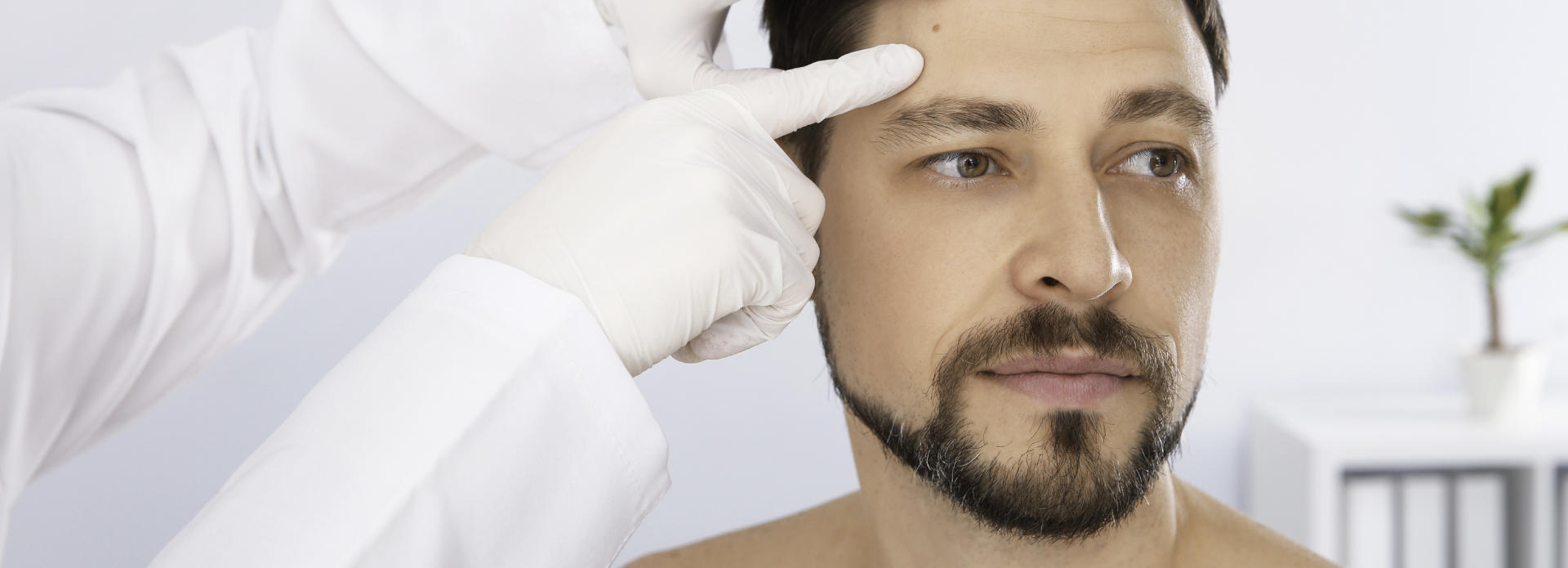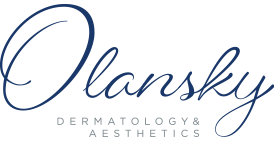Molluscum Contagiosum Treatment
There are several reasons to seek treatment for molluscum contagiosum, even though the condition typically clears up without intervention. The visibility of lesions can impact self-confidence, often prompting sufferers to cover up affected areas. There is also a risk of atopic disease, which can lead to the development of allergies and immune conditions.
As a contagious condition, molluscum contagiosum is spread through person-to-person contact and contaminated objects. Bedding, baths, showers, swimming pools and other shared amenities can promote the infection’s spread.
Based on a number of studies, molluscum contagiosum may also spread faster in wet and warm environments due to the increased incidence of sharing personal items, such as towels. Treatment can help to curb the spread of the infection.
There are four main approaches to combating molluscum contagiosum:
- Lesion removal
- Oral therapy
- Topical therapy
- Immunocompromised therapy
How your treatment is approached will depend on factors such as medical history, age, the extent of infection and where lesions are located.
What are the Symptoms and Causes of Molluscum Contagiosum?
Molluscum contagiosum causes noticeable lesions that are white, pink or flesh-colored. They are characterized by a dimple or pit in the center of the lesion, which is typically smooth in appearance and to the touch.
Although they are seldom found on the palms of the hands or soles of the feet, molluscum contagiosum can occur in most areas of the body. The lesions result from a poxvirus and can grow as large as five millimeters in diameter. In many cases, patients report itchiness, swelling, redness and pain as symptoms.
For more information on molluscum contagiosum or to book a consultation, reach out to Olansky Dermatology & Aesthetics today. We can provide guidance and support to help you make the right treatment choices for your needs.

